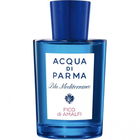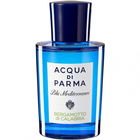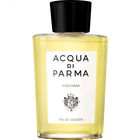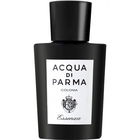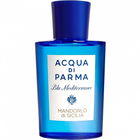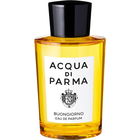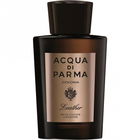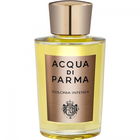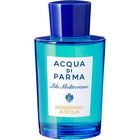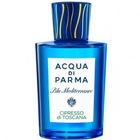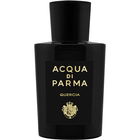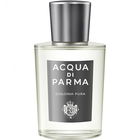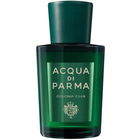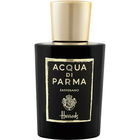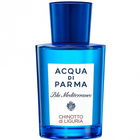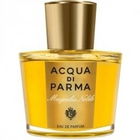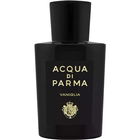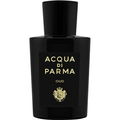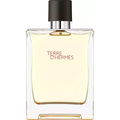Taormina. I was there once when I was twelve. We had vacationed nearby, in Naxos.
Naturally, a child remembers entirely different things from such a trip than the adults do, perhaps more "events" and less "atmosphere." I vividly recall, for example, that my eight-year-old brother suddenly disappeared from our hotel. Even as a little boy, I had heard about the Kronzucker kidnapping three years earlier, and - differences in prominence aside - my parents' worries were enormous. Fortunately, our youngest reappeared after an hour, safe and sound, as usual with a serious expression and a defiantly jutting lower jaw - I can still picture that image today. He claimed he had just gone for a walk in Naxos...
However, I primarily remember the Etna. A few months earlier, in March 1983, it had erupted, and by summer, the situation was stable enough to allow guided tours there. The view into the lava pits was impressive. Some participants of the tour, despite appropriate warnings, had not worn sturdy footwear, instead walking over the rubble in strappy sandals or straw flip-flops. A woman stumbled at the sloping edge of an opening. She swayed and barely managed to catch herself. A pack of cigarettes slipped from her jacket pocket, fell into the glowing pit, and was incinerated in seconds.
When we children lay in bed, the soft, soothing murmur of my parents' voices and those of the parents of a Swedish family living in the apartment above us drifted through the window. The adults sat together on the terrace, enjoying the evening warmth, while in the distance, the glowing lava flows of the Etna seemed to shine brighter in the deepening darkness. Occasionally - so they reported - something like a veil would settle on the skin, and the wine would taste of ash afterward.
Unfortunately, I have hardly any memories of Taormina. I will have to go back there again...
But now to the scent - although we have already touched on a detail unnoticed.
“Cedro” refers to both cedar and citron. Probably a play on words. The scent does justice to both meanings. It starts off more like lemon peel than citrus-fresh; muted and not very sour, rather with that slightly artificial cleaning product-like note typical of hesperidic peels. Sidolin has already been mentioned, which fits perfectly! However, the house cleaning passes quickly, and then the scent becomes nobly soft-citrusy. The peel and the white part of the lemon are now integrated in a disciplined and completely non-bitter way, instead airy-fresh, just a hint of bitterness. Petitgrain adds a green nuance.
The basil initially struggles, only after about fifteen minutes is it better identifiable and smells freshly picked. Lavender? Hmm... Towards the end of the opening hour, I might allow it a first appearance, strict-dry-serious, almost a bit soapy. Of course, I prefer to dive into the black pepper. It hovers on the threshold of perception, yet I want to imagine it, as it gives the scent a tiny, borderline smoky edge. I think of an ash veil blown in from the Etna....
After just half an hour, the scent noticeably calms down. The cedar seems to already be substituting the white of the lemon. Alongside, I sense a hint of sweet-dark orange developing during the second hour, gently resinous, delicious, but quiet.
After three hours, the discerning nose needs some peace and closeness to appreciate the undeniably beautiful remainder. The lavender is still present, very noble, the cedar is airy and subtle. Vetiver, usually a citrus-fresh extender, plays only a minor role here. This is probably because the scent does not primarily play with citrus freshness but rather with the peel and the white of the lemon. Nevertheless, a light, if only peel-freshness lingers for a while. However, it is not renowned for its longevity overall.
Conclusion: Those who do not mind the occasional need for reapplication will find themselves quite well served and, for a citrus scent, relatively original.
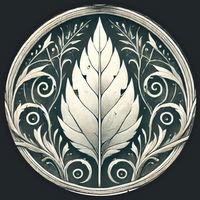






 Top Notes
Top Notes  Citron
Citron Basil
Basil Petitgrain
Petitgrain Heart Notes
Heart Notes  Black pepper
Black pepper Lavender
Lavender Base Notes
Base Notes  Virginia cedar
Virginia cedar Haitian vetiver
Haitian vetiver Labdanum
Labdanum



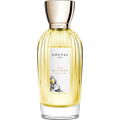









 Pio
Pio SonyCrockett
SonyCrockett Tombbb
Tombbb KacieNR
KacieNR Ashta
Ashta Pinseltown
Pinseltown Konst121
Konst121 Aukai
Aukai Gandix
Gandix Bastian
Bastian